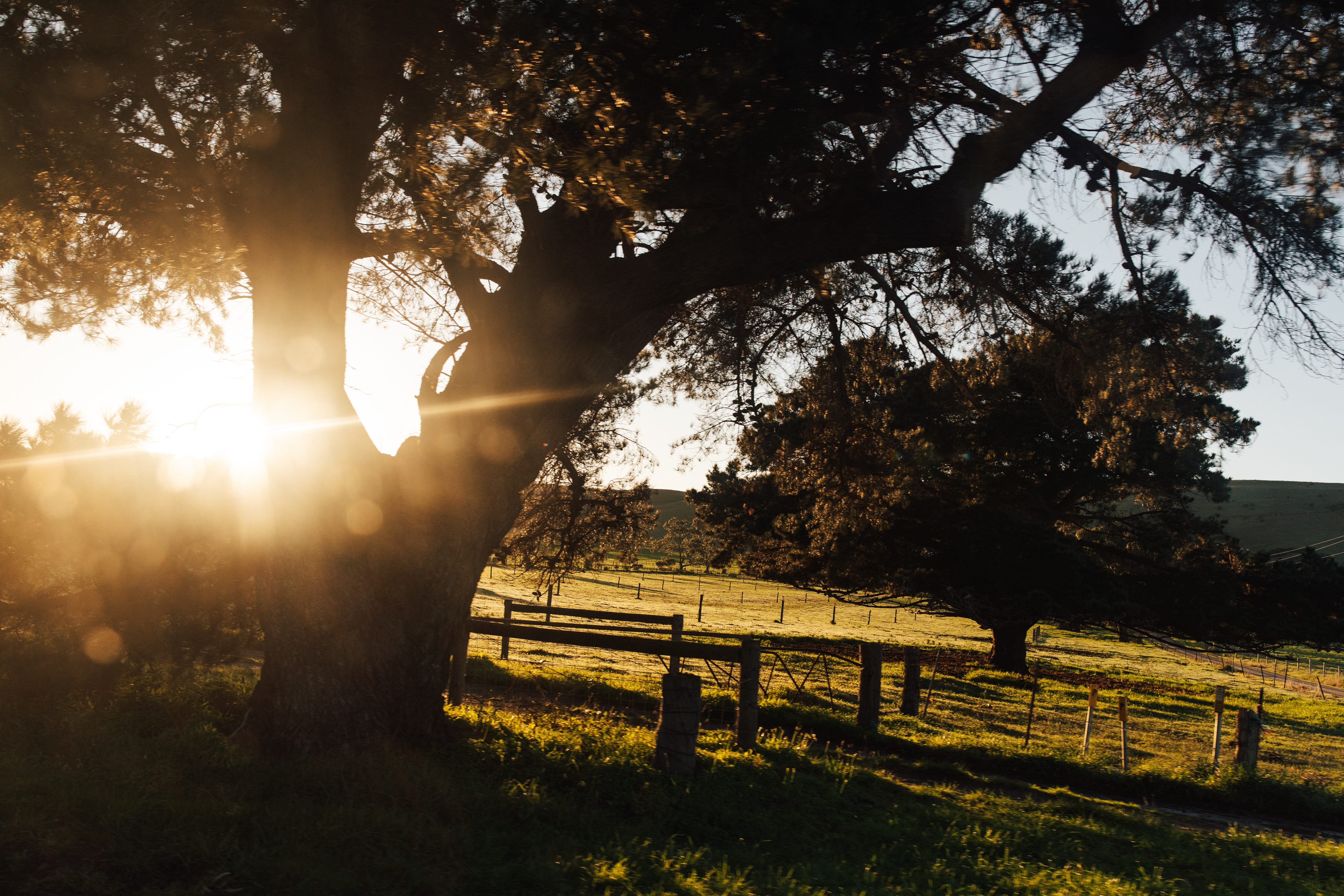
Stock theft hurt widespread
Stock and general farm theft across Australia is a serious and growing problem. The days of the ‘jolly swagman’ are long gone and large-scale and sophisticated thefts are now occurring with increasing frequency. It is difficult to quantify the full costs of this criminal and disturbing activity as producers are often reluctant to report the crime to police. For example, it is estimated that only two-thirds of victims’ report farm theft to police. Reporting of stock theft is even lower at about 50 per cent.
The impact of stock thefts extends beyond financial losses. They are emotionally battering for producers, and their impact is experienced though rural communities and the broader economy. With herd and flock numbers continuing to rebuild, and livestock prices remaining relatively high we should expect that targeted stock theft will remain one of the most common farm theft activities.
Quantifying the economic cost of the problem is not easy, as economic data is hard to find. The last national economic analysis conducted by the Australian Institute of Criminology estimated the cost of farm crime to Australia’s economy was $72 million in 2002-03. Consider that in 2002-03 the gross value of livestock products was $6.4 billion, compared to $25 billion in 2021-22. This is obviously attractive for today’s stock thieves who are sophisticated. They have the equipment, know-how and systems in place that enable them to uplift and on sell stolen sheep and cattle or livestock products.
In South Australia we have seen spikes in crime during holiday seasons with criminals targeting isolated and vulnerable locations. After two pandemic years, people have resumed interstate and international travel, so several things are converging to suggest that greater efforts are needed from authorities to get on top of the problem.
For a basic offence in South Australia the maximum penalty for theft is 10 years imprisonment, while aggravated theft carries a maximum penalty of 15 years imprisonment. With the State Government recently introducing harsher penalties for protestors – increasing the maximum fine 66 times to $50,000 or possible time in prison – it would also seem time to review the efficacy of farm theft deterrents and adjust them accordingly.
Prevention is always better than the cure and innovations in policing and technology offer some progress to combatting farm crime. These advancements, including artificial intelligence (AI) and other cutting-edge tools, enhance security measures, surveillance, and identification systems on farms.
Animal ear tags with GPS trackers that collect data on an animal’s movements and its location have been successfully trialled through the Centre for Rural Criminology at the University of New England. Unusual high movement or movement beyond established boundaries will send the producer an alert within minutes enabling a swift response. The ‘Ceres Tag’ technology is now being used on farms in Canada and the United States too.
AI technology can be used to identify individual cows through their noses, which are as distinct as human fingerprints, and is currently being trialled with an app. The technology, which is the same kind of facial recognition technology currently used in airports, can also be applied to sheep.
SA Police have produced a ‘Rural Security’ booklet to provide practical tips to help improve the security of your property and mitigate the risks of farm theft (https://www.police.sa.gov.au/__data/assets/pdf_file/0005/1249871/Rural-Security-Booklet-2023.pdf).
By Travis Tobin